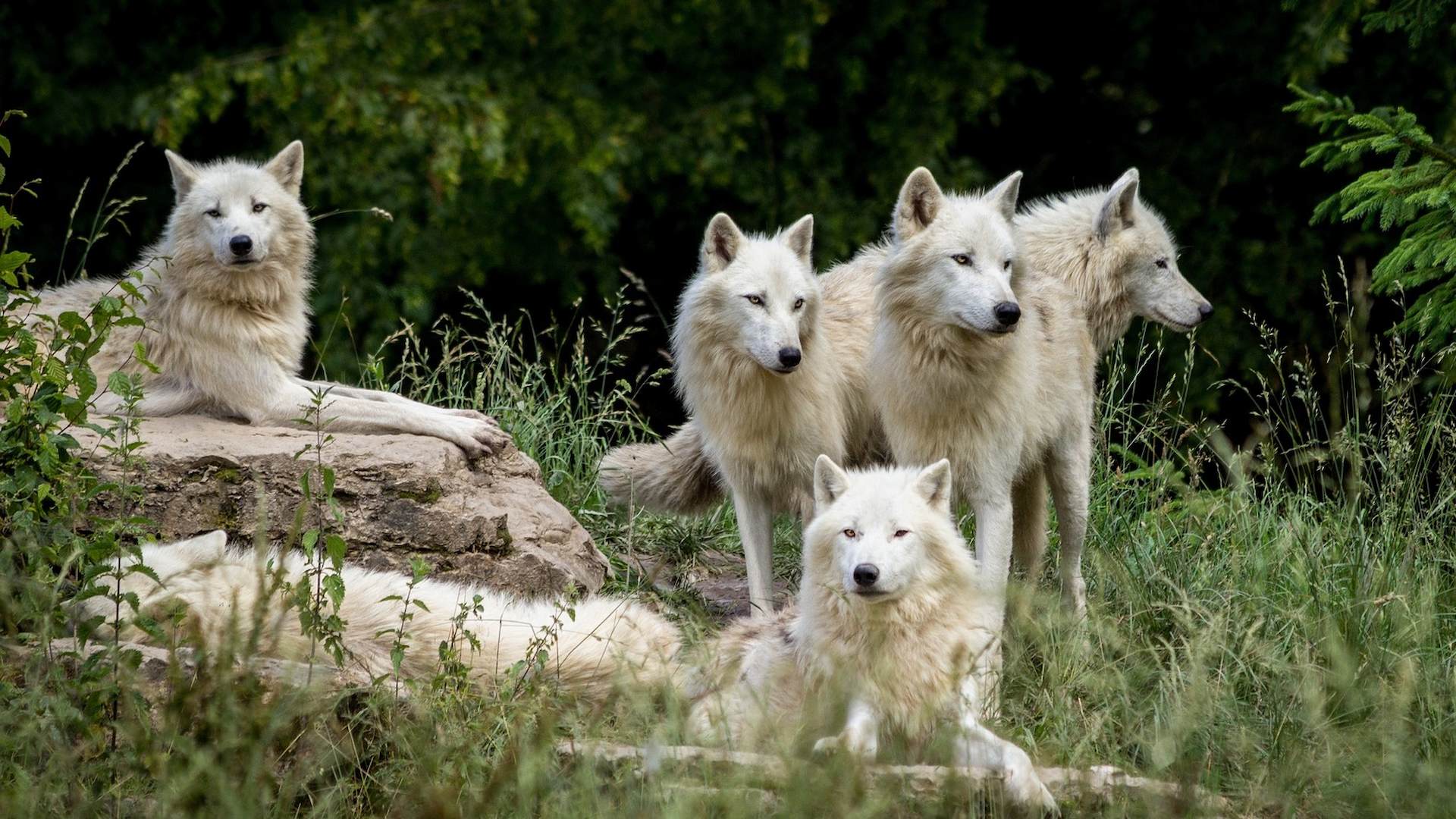John Vankat earned an A.B. in biology from Carleton College and M.A. and Ph.D. degrees in botany from the University of California, Davis. He taught and researched plant ecology at Miami University for 31 years, before moving to Flagstaff, Arizona, where he continued research as a special projects ecologist with Grand Canyon National Park followed by senior research ecologist at Northern Arizona University. John has published in such journals as Conservation Biology, Ecology, Forest Ecology and Management, Journal of Vegetation Science, Ecological Modelling, and Landscape Ecology. Past professional activities included helping to start and later chairing the Vegetation Section of the Ecological Society of America and the North American Section of the International Association for Vegetation Science. John served on the CBI Board from 2006 to 2016.
David Johns earned degrees in law and political science from Columbia University. He currently teaches politics and law in the School of Government at Portland State University. David is a co-founder of The Wildlands Project and Yellowstone to Yukon Conservation Initiatives, both NGOs that rely heavily on science in shaping conservation goals. David has written extensively on the role of science in conservation and the politics of the conservation movement. CBI Board member since 1997.
Ed Schoaps is a senior strategic communications strategist with experience with for-profit businesses, government agencies and nonprofits.
Schoaps brings a strong track record of delivering strategic communications and public engagement for complex projects and issues. He builds understanding and goodwill among internal and external stakeholders and the public to support key business strategies, worthy causes and initiatives. He’s an expert at translating complex issues into simple language and engaging presentations. And he builds positive relationships through personal outreach to key stakeholder audiences.
Schoaps delivers award-winning, quality, timely public relations programs and initiatives for private businesses and leading government agencies. He brings a strong human element to communications and outreach through traditional, digital and social media engagement.
Schoaps led the public involvement and outreach team for Oregon’s 10-year, $1.3 billion bridge program, in which the Oregon Department of Transportation rebuilt hundreds of highway bridges statewide through 2014. He also led strategic messaging and stakeholder outreach for the Oregon International Port of Coos Bay and the CH2M Hill Plateau Remediation Company at the Hanford Nuclear Reservation in eastern Washington.
Schoaps has supervised, managed and delivered public affairs, communications, media relations, public engagement and online communications for the Oregon highway, public transit, aeronautics, motor vehicles, motor carrier, state parks, economic development and energy departments. He was the chief public information officer for the Oregon Department of Energy’s emergency response team for the Trojan nuclear plant. As a staff member of the Oregon Transportation Initiative Steering Committee, he helped Gov. John Kitzhaber develop new investment strategies for Oregon’s aging highway system.
He serves on nonprofit boards and led a $1 million capital campaign for a community nonprofit in his hometown of Salem, Ore.
Specialties: Public affairs and intergovernmental relations, policy development and strategic communications, public and stakeholder engagement, digital and social media engagement, editorial and media relations, special events, publicity and marketing, legislative relations, testimony and speech writing, crisis and issues management, project management and television, radio and video production for business, government and non-profits.
Pamela A. Frost earned a B.S. in Environmental Science from the University of Maine, Machias in 1984 and a M.S. in Natural Resource Information Systems from Ohio State University (Columbus, Ohio) in 1994. While at Ohio State, she was involved in a number of Federally funded conservation GIS projects including database construction and analysis for the U.S. Forest Service as well as support work for the Northern Spotted Owl Recovery Planning Project . Pam’s Masters thesis emphasized the design and construction of an extensive conservation digital database and demonstrated how to use it in conservation planning for The Nature Conservancy on a globally imperiled ecosystem in northwestern Ohio – The Oak Openings.
Pam has had considerable experience working in the private sector. She founded and later sold a successful biological insect control company (Bionomics, Inc.) in the Adirondacks, New York, worked as a GIS analyst for The Wildlands Project in Oregon, and now serves as Secretary/Treasurer for the Conservation Biology Institute. Besides her administrative duties as an officer, Pam serves as the GIS lab supervisor. She lives with her husband Jim, sons Jonathan and Jacob, daughter Sarah, and four-legged friends in Corvallis.
Jim Strittholt is Co-Founder, President, and Chief Science Officer of the Conservation Biology Institute and has over 26 years’ experience in applying computer mapping technologies (including GIS and remote sensing) to address various ecological assessments and conservation planning projects in the U.S. and internationally. He holds undergraduate degrees in Botany, Zoology and Secondary Education from Miami University (Oxford, Ohio) where he also earned a Masters in Zoology in vertebrate population genetics. Jim earned a Ph.D. in 1994 from Ohio State University in a self-designed multi-disciplinary program emphasizing landscape ecology, conservation planning, and computer mapping technologies. While a truly multi-disciplinary degree, he conducted most his research and developed most of his technical skills from the Center for Mapping – a NASA Center of Excellence. While at Ohio State, he earned numerous academic achievement awards including being chosen as a University Presidential Fellow during his final year.
He has experience working with large mammals, field research on forests and vertebrates, and taught numerous science courses in high school for six years and several college courses in zoology and biology. Over the last 22 years, he has been principle investigator on numerous projects including nature reserve designs, conservation gap analyses, forest and watershed assessments, ecological modeling, and remote sensing applications in conservation. He has also authored numerous reports, peer-reviewed articles, and white papers. Finally, he has taught numerous workshops on conservation planning. Areas of expertise include conservation planning, landscape ecology, geographic information systems, and remote sensing.
